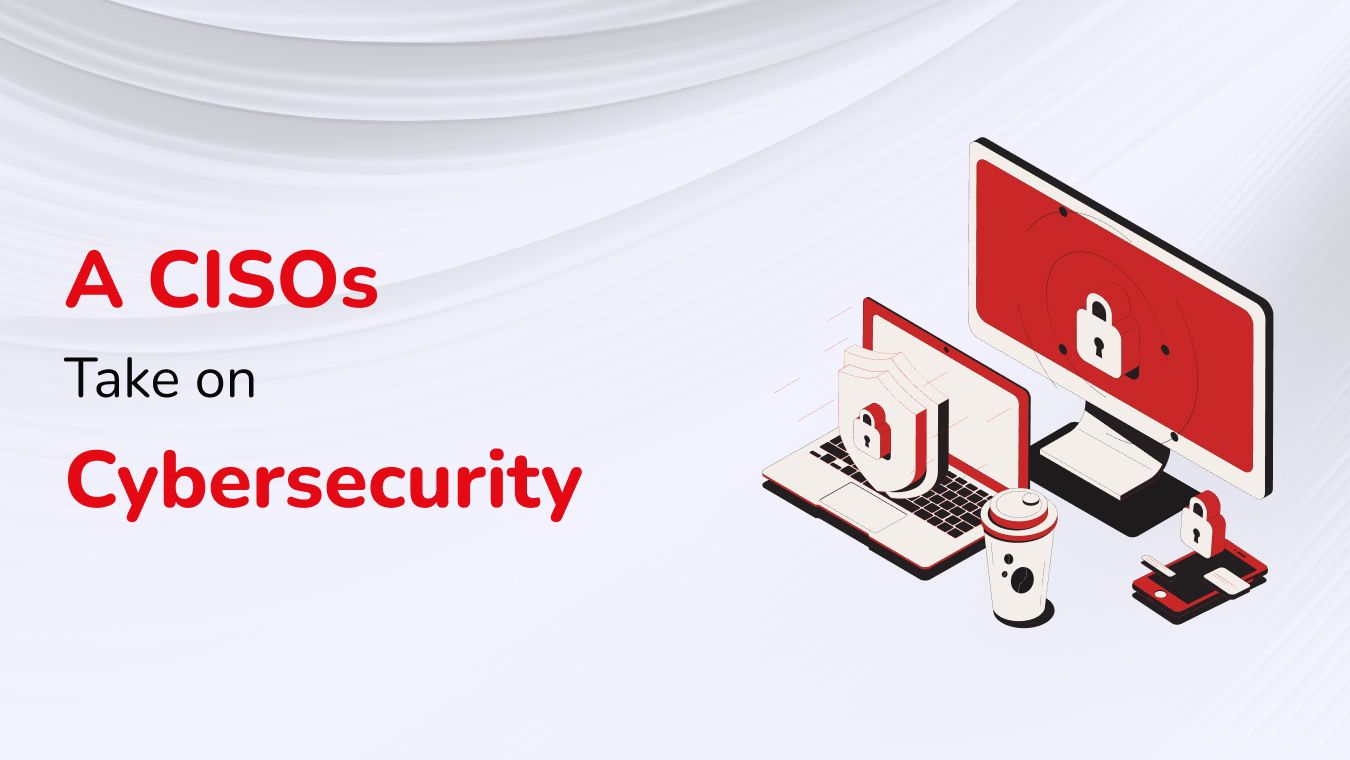- 1. Leadership Sets the Tone for Security Culture:
- 2. Cybersecurity is a Business Risk, Not Just an IT Problem:
- 3. Investment Decisions Start at the Executive Level:
- 4. Regulatory and Compliance Accountability Rests with Leadership:
- 5. Leaders Enable Cross-Department Collaboration:
- 6. The Board Needs Cybersecurity Expertise:
- 7. The Example from the Top Shapes the Future:
- The Takeaway
Why Good Cybersecurity Starts at the Top – A CISO’s Perspective
Many people still think cybersecurity is just the IT team’s responsibility, which primarily deals with technical things encryption, firewall rules or like a technical function. But when you see it from the CISO’s perspective, having a strong cybersecurity posture that always start with these things, but it starts with the important discussions in the boardroom.

When it comes to the Top Management they won’t make the security a priority, but the leadership sets the example by deciding the budgets and creating a culture to take the security seriously.
If the Leadership or the top management set’s, the security culture as a priority in the company then this message cascades through every department. Like then CEO, board members and senior executives will start prioritizing the cybersecurity across their organization.
Whenever the senior leadership team discuss about the security risks during the meetings that includes cybersecurity in business planning and strategic discussions where employees are more likely to take it seriously. From a CISO’s perspective the strong leadership behaviour would influences the workplace culture more than a written policy.
The top management must be viewed as part of the enterprise risk management where a successful cyberattack can occur due to:
- Major Financial loss
- Regulatory penalties
- Brand damage
- Operational disruption
Top management already manages the risks related to finance, compliance and operations where the cyber risks belong in the very same category and whenever the leaders understand that the data breaches or ransomware attacks can easily threaten the company’s survival.
Most of the cybersecurity programs would require the budgets for tools, skilled staff and training as well. And these investments are not just simply an IT expenses but they are business safeguards.
Without having an executive approval, the funding for the security teams is left under resourced and unable to keep pace for the evolving threats. But from a CISO’s perspective, it is way more cost-effective to invest proactively than to cover the disruptions caused by the breach.
Compliance with standards like ISO 27001, NIST CSF, GDPR, HIPAA all these industry specific standards is not just a legal checkbox, but it’s about protecting the customers and stakeholders mainly.
Whenever any type of regulators investigates after a breach, they will look at the organisation’s leadership not only just the IT team. Because most of the senior executives are accountable to ensure the right frameworks, policies and procedures are in place.
Cybersecurity is not just an IT department concern, but it requires involvement from every other department as well such as HR must have to ensure that the onboarding and offboarding processes must have to protect the access to the sensitive information, the marketing departments usually handle large volumes of clients and customers data which makes it critical to store, for the operations teams that manages supply chains which must have to be safeguarded from the risks.
Each of these areas faces challenging risks and together they also form an important part of the organization’s overall security posture.
Having a good or strong cybersecurity posture to an organization depends on the coordination like when a leadership sets clear goals and prioritises them that would eventually encourages teamwork and also builds the organization much stronger than ever.
In today’s world the boards cannot afford to disconnect from the cybersecurity anymore as most of the organizations have dedicated the board members with the cybersecurity experiences, while others rely mainly on the CISO’s.
The board role is not just to manage every day’s security, but it also ensures that the cybersecurity is integrated with the business strategies and performance evaluation.
From the CISO’s perspective, having an strong board’s support is like having a solid foundation to an organization. Without this having an security initiatives so that the risk being seen as optional.
In an organization the strong cybersecurity begins with the leadership team especially when the executives actively support and prioritizes the security. This shifts the focus from simply defending against the cyber threats to making the security as a strong competitive strength to an organization.
From a CISO’s view the message is pretty straightforward, the cybersecurity is not just an IT issue, but also an business issue which doesn’t starts in the server room but in the board room.
Cybersecurity isn’t just about systems and software, but it is also about leadership. A true Security begins when those at the top management recognize that protecting digital assets means protecting the business itself. A CISO can map out the strategy, bring in the right tools, and guide the teams, but without executive commitment, those efforts won’t breach their full potential.
When leaders champion cybersecurity and lead by example, it shifts from being a technical checkbox to a business strength. In that moment, security becomes more than defense and then it becomes the foundation of trust, resilience, and sustainable growth. By embedding cybersecurity into decision-making at every level, organizations position themselves to adapt, compete, and thrive in an increasingly digital world.
*This content has been created and published by the Azpirantz Marketing Team and should not be considered as professional advice. For expert consulting and professional advice, please reach out to [email protected].
We're Here To Help